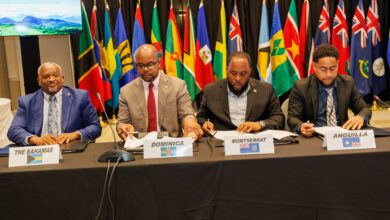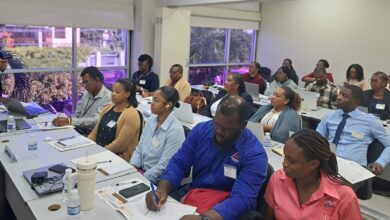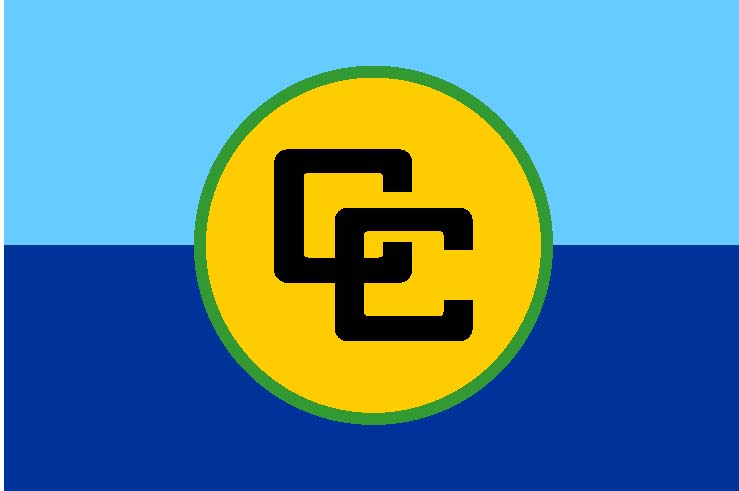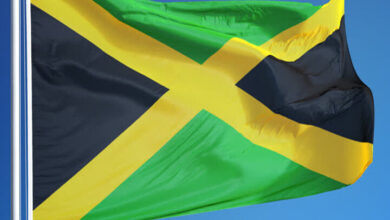ST. JOHN’S. Antigua – The number of severely destructive natural disasters that have occurred in the world over the last 10 years has increased significantly. The most damaging of these catastrophes have taken place in divers locations such as Indonesia, Iran, China, and even the United States of America. Many scientists and environmentalists have discussed the extent to which climate change can be blamed for these events, but none has denied the frequency at which they are happening.
Here in Antigua & Barbuda, we, too, have experienced our share of disasters. There was the 1974 earthquake, which devastated the country causing serious damage to landmarks like St John’s Cathedral and, as the sea came in, the port at the Deep Water Harbour was destroyed and numerous houses and businesses were reduced to rubble. Yet, there were no casualties recorded.
Then, there was Hurricane Luis which was documented as “one of the strongest, deadliest and most notable hurricanes of the incredible 1995 Atlantic Hurricane Season”. Luis caused significant chaos to the twin-island state leaving thousands homeless, a few people dead and millions of dollars in damages. Luis was deemed “… the most devastating hurricane and alongside Hurricane Donna, the strongest hurricane to strike the northern Leeward Islands in the 20th century and the strongest storm to hit the Leeward Islands since Hurricane Hugo”. It took the country years to recover from the setbacks incurred by Luis.
Antigua and BarbudaMemberNews





